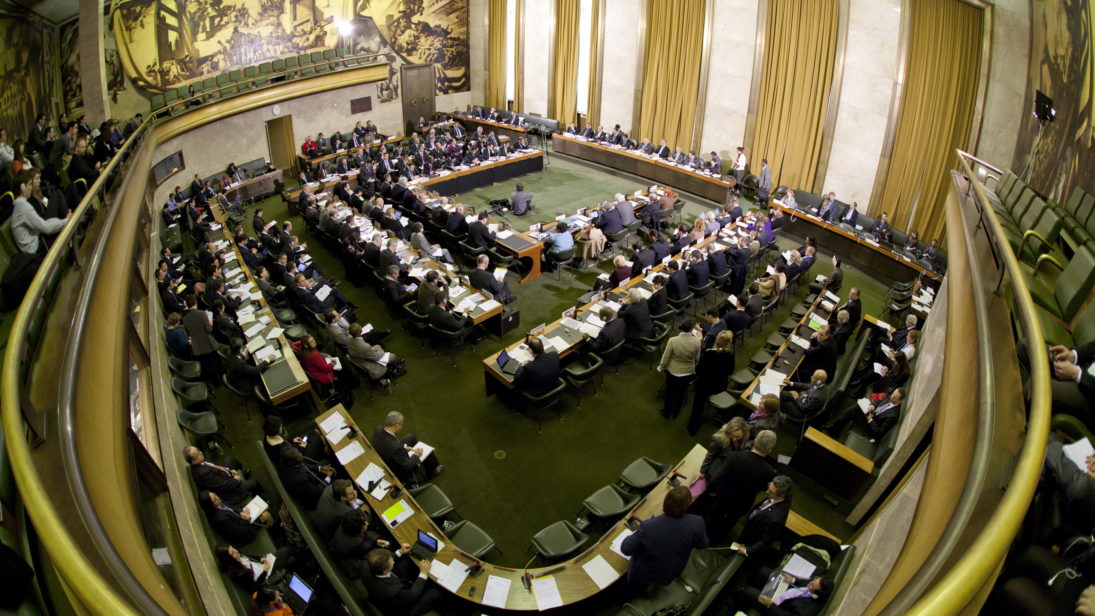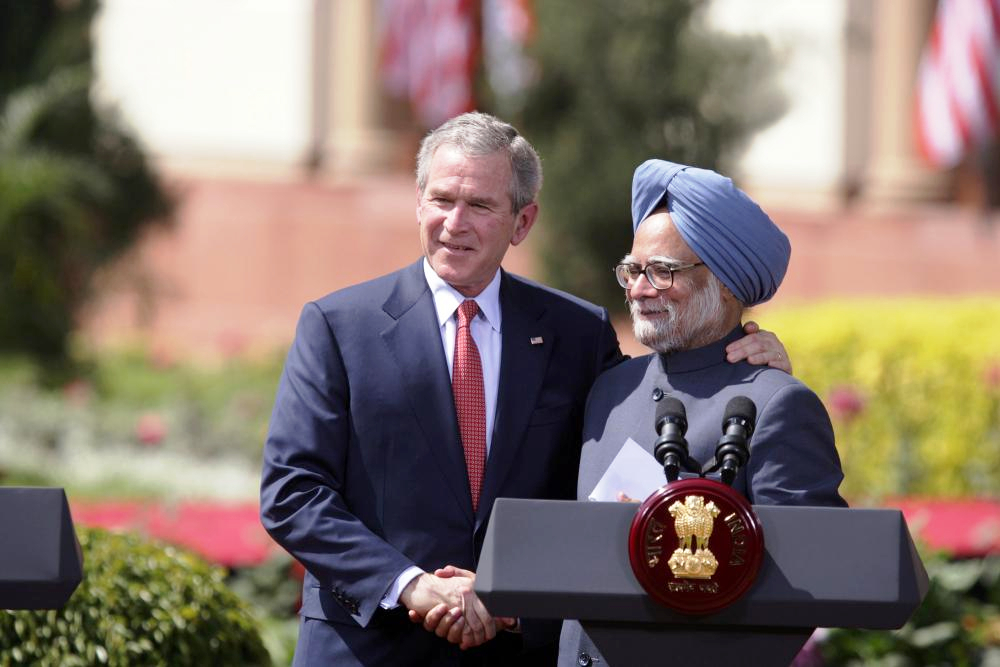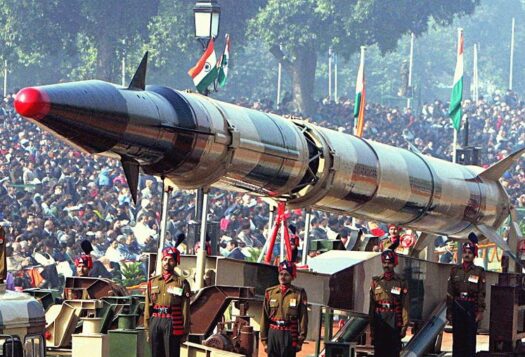
With North Korea adding to the number of nuclear explosions on the eve of the 20th anniversary of the Comprehensive Nuclear-Test-Ban Treaty (CTBT), a renewed debate on the role of the treaty to ban nuclear weapons testing is necessary. Signed in 1996 and presently having 183 signatories and 164 ratifiers, the treaty remains in limbo because of a structural prerequisite that prevents it from entry into force. Specifically, Article XIV of the CTBT states that the treaty can enter into force only when all of the 44 states possessing nuclear weapons capabilities and research reactors sign and ratify the treaty. Of these 44 states, the treaty awaits formal ratification from the United States, China, Israel, Iran, and Egypt (which have already signed), and both signature and ratification from India, Pakistan, and North Korea, in order to implement a legally binding global ban on nuclear testing. Though short of signing the CTBT, India has endorsed the basic objective of the treaty by declaring a unilateral moratorium on nuclear testing. However, India has had and continues to have reservations about the CTBT.
India underscored the need for a test-ban treaty long before the establishment of the CTBT. In 1954, Prime Minister Jawaharlal Nehru was the first leader of a state to call for an “immediate standstill” agreement on nuclear testing between the United States and the former Soviet Union. However, ignoring India’s efforts, the Partial Test Ban Treaty (PTBT) was signed by the United States, the Soviet Union, and the United Kingdom in August 1963, which did little to halt the actual number of nuclear tests that presently figures at 2055 (including North Korea’s test this month). Thereafter, the worsening security concerns with China’s nuclear test in 1964, the 1965 India-Pakistan war, and U.S. intimidation in the 1971 war drove India to conduct a peaceful nuclear test in 1974 to keep the nuclear testing option open. However, India still continued supporting the idea of a nuclear test-ban policy—this is evident from a June 1978 statement calling for a ban on nuclear weapons testing at a Special Session of the United Nations General Assembly (UNGA), followed by a call in 1982 for a freeze on nuclear weapons production. In 1988, India proposed an Action Plan that advocated a ban on development of new weapons systems, and recommended nuclear disarmament in a time-bound framework of 22 years. Believing that the CTBT was a cardinal aspect of the disarmament process, India continued to support multilateral negotiations and jointly co-sponsored a consensus resolution on the CTBT at the UNGA in 1993.
However, India’s efforts towards a test-ban treaty, as a vehicle to eventually achieve total nuclear disarmament, were thwarted in 1995 with the indefinite extension of the NPT. India protested that not only did the NPT profess unequal obligations between the nuclear-haves and have-nots, but it also did not mandate the original NWS to adopt equal obligations towards universal nuclear disarmament. Simultaneously, the China-Pakistan illicit nuclear nexus heightened security considerations and compelled India to eventually conduct a series of nuclear tests in May 1998. Immediately after the tests, India declared a unilateral moratorium on nuclear testing and has continued to adhere to that position. Following the 1998 nuclear tests, India expressed a flexible position on the CTBT and specified its readiness to discuss a de jure formalization of its voluntary moratorium on future nuclear testing. However, India made it clear that its support for the CTBT could not exist in any “vacuum” and “depended on a series of reciprocal activities” from the P-5 nations: namely to refrain from conducting future tests under the guise of safety purposes, and to preclude all horizontal and vertical proliferation.
Regardless of these caveats, India has adhered to the fundamental obligation of the CTBT. Its voluntary commitment and restraint were meant to convince the international community of the need for meaningful negotiations to implement a more equitable CTBT and persevere towards global nuclear disarmament. In December 1998, the Indian government re-emphasized that India remains “committed to converting [its] voluntary moratorium into a de jure obligation.” While India had earlier stated its stance of “not now, nor later” on the “unequal” test ban treaty, that merely reflected its disapproval of the perceived preferential treatment given to the original NWS, and was not a condemnation of the moratorium on nuclear testing.

The 2005 U.S.-India civil nuclear deal highlighted the CTBT debate yet again. External Affairs Minister Pranab Mukherjee confirmed after the conclusion of the nuclear deal that India will “continue to bind” itself to the unilateral moratorium on nuclear testing although he noted India’s reluctance to codify this into a “treaty-bound obligation.” However, India’s adherence to the basic ethos of the CTBT conveys to the international community its intent for meaningful engagement on an equal test-ban treaty.
A major factor influencing India’s position on the CTBT is that it awaits ratification from the United States and China. Given India’s security concerns vis a vis China, it is a matter of critical importance that China, along with the United States, takes the lead towards ratification of the Treaty and facilitates its speedy implementation by other nations. Equally important is that Pakistan and North Korea must also express their unconditional support to sign and ratify the CTBT.
India’s 1998 nuclear test was “fully successful” in testing fission and thermonuclear weapons capable of yields up to 200kt. This implies that India might not require additional nuclear tests, unless there is a significant deterioration in its security environment. Despite the change in governments over the years, India has continued to uphold its commitment to a unilateral moratorium on nuclear testing, signifying a political consensus on its stated position on the CTBT. Although India strongly believes that the CTBT is an integral aspect of global nuclear disarmament, it emphasizes that there must be no discrimination in favour of the original NWS in fulfilling the obligations toward the total elimination of nuclear weapons. Thus, India will only sign a CTBT that would enjoin equal obligations and responsibilities on all NWS.
This piece has been adapted from a longer paper the author wrote in December 2014 for the Institute for Defence Studies and Analyses.
Editor’s note: With the 20th anniversary of the Comprehensive Nuclear-Test-Ban Treaty (CTBT)’s entry into signing on September 24 and in light of the United States’ upcoming United Nations resolution, SAV contributors explore whether the CTBT is still relevant today and why, how the stance of India and Pakistan–two of only three Annex 2 states that haven’t signed the treaty—has evolved over the years, and circumstances under which India and Pakistan would sign the treaty. Read the entire series here.
***
Image 1: A meeting of the Conference on Disarmament (United Nations Mission, Geneva, Flickr)
Image 2: Former President George W. Bush and former Prime Minister Manmohan Singh in March, 2006 (White House photo by Paul Morse)


